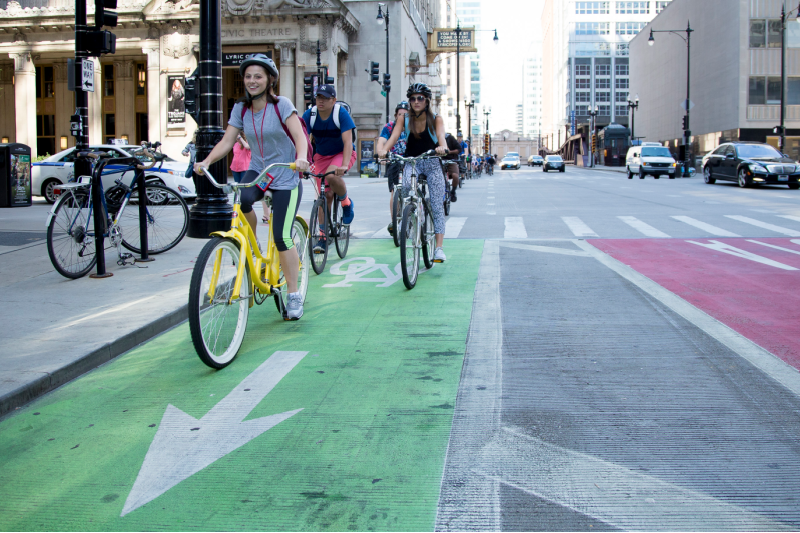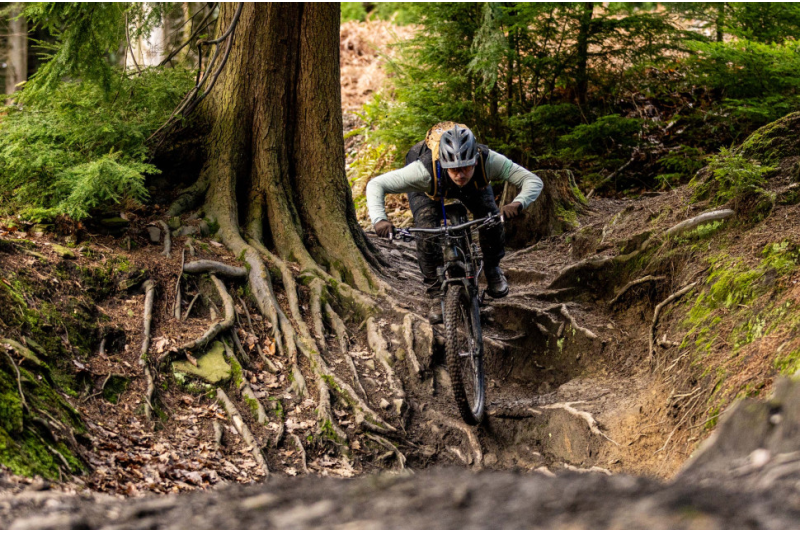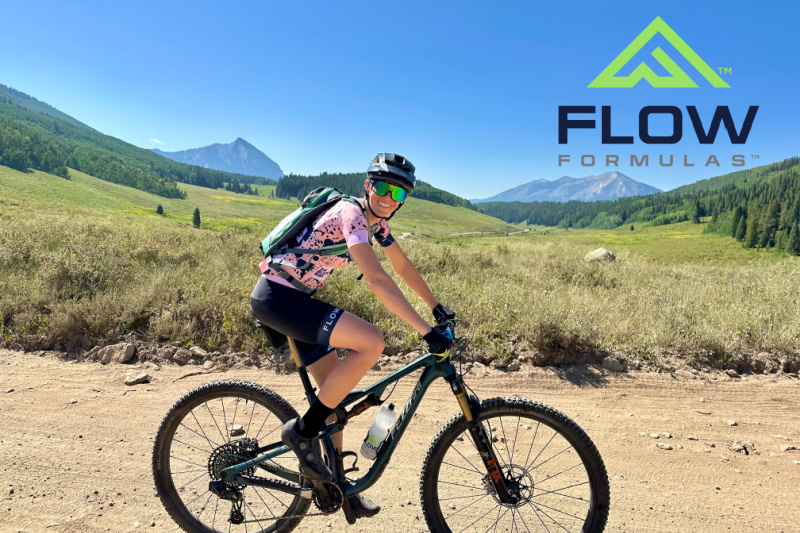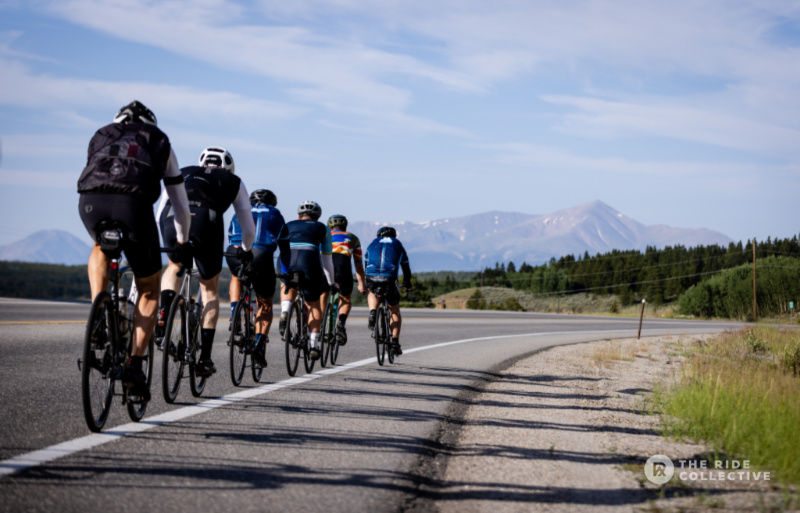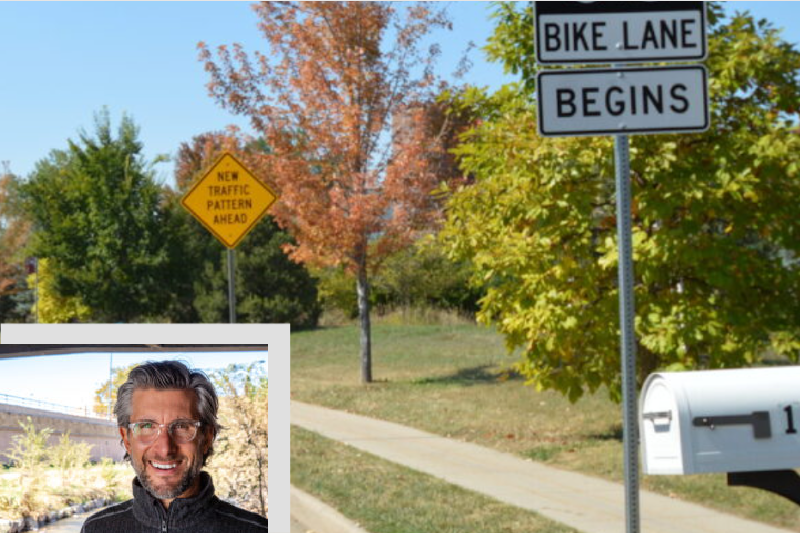If you’re planning a 60-minute ride or longer: Have about 60 grams of carbohydrates—for example, three midsolo dates. This amount “is generally the recommended cap pre-exercise to optimize digestion, carbohydrate absorption, and ‘gut happiness,’” Sass says.
3. Lean Into Easy-to-Digest Carbs Before You Ride
You’ll notice that we didn’t mention protein or fat, the other two macronutrients, as recommended parts of a pre-ride nutrition plan.
“Since cycling involves less impact and bouncing than running, many people can tolerate higher amounts of fat, protein, and fiber before and during a ride than a run,” Jones says. “Still, fat can cause digestive discomfort in some, and for satiety and muscle synthesis, many people are working on spreading out their protein intake throughout the day. Some fiber is fine, but it also slows digestion and can cause GI distress in excess, so save very high-fiber foods like legumes and vegetables for other times of the day and limit them in the two to three hours prior to a ride.”
Everyone’s body is different, but it’s also generally a good idea to avoid fuel that checks any of the following boxes before and throughout a ride, Sass and Jones agree:
Foods high in saturated fat
Your safest bet is to seek out easy-to-digest, nutrient-rich, whole-food carbohydrates, which are easy for the body to utilize for energy and essentially act like “rocket fuel” for our muscles, according to Sass. (Think: a baked sweet potato, dried figs, and a banana.)
“Carbs that supply antioxidants, like fruit, can also help minimize exercise-induced cell damage, which can support post-ride recovery,” Sass adds.
4. Refuel 1 Hour In If You’re Still Cycling
Unless you’re performing “two-a-days,” or training twice in the span of 24 hours, most people will not need to refuel during rides lasting an hour or less, according to the dietitians we spoke with.
But when the clock hits 60 minutes into your ride, if you plan to keep pedaling, it’s time to top off your reserves. This is of particular importance if you anticipate high-intensity sprints, big hills, or if you are preparing for a race, Brown advises.
time to top off your reserves. This is of particular importance if you anticipate high-intensity sprints, big hills, or if you are preparing for a race, Brown advises.
“A ride that’s longer than an hour will typically require refueling at the start of the second hour,” Sass says. “Just like within the immediate pre-exercise period, it’s a good idea to limit protein, fat, and fiber during exercise to help keep the gut happy, optimize absorption, and maximize the delivery of fuel to working muscles.”
Once again, carbohydrates are the star of the show here: After conquering the first 60 minutes of your ride, researchers have found that refueling with about 30–60 grams of carbs per hour is a good goal to aim for.
The more intense the ride, the faster the carbs are burned. The lower end of the range may be adequate for a more moderate and steadier pace, while the higher end is likely best for a more challenging ride, Sass explains.
Because it may be difficult to carry and eat solid food as you cycle, Sass says that the best mid-ride refueling options include the following:
Electrolyte replacement drinks that contain carbs
5. Consume a Balanced Recovery Meal or Snack Within 1 Hour Post-Ride
“A post-exercise recovery meal should replenish fluid and nutrients lost during exercise and provide the building blocks to heal from the wear and tear training puts on the body,” Sass says.
Ideally, soon after your cooldown, you’d eat something within 30–45 minutes. Some research suggests that this is when our muscle cells are more sensitive to insulin, meaning they can rapidly absorb glucose to be stored as glycogen in the muscles and liver to power your body the rest of the day.
“Waiting just two hours after activity to eat can reduce the amount of carbohydrate stored as glycogen by up to 50 percent, which may impact both progress towards fitness goals as well as body composition in the long run,” Jones says.
That said, this certainly doesn’t mean that you’re out of luck or won’t score any benefits from eating outside of that window, and some experts say that the timing of your after-exercise fuel isn’t as vital as we once believed. There’s no need to make perfect the enemy of good: Adequate nutrition overall is what’s most important.
But what types of food should you aim for after your cycling session? Since your muscles were challenged on the ride, now is the time to layer on the protein—but don’t skimp on carbs, either.
“As long as adequate protein is consumed over the course of the day, what’s actually most important post-ride is adequate carbohydrate intake,” Jones says, due to the glycogen drain from your cardio workout. “By pairing carbs and protein within an hour of exercise, you promote energy replenishment, muscle recovery, and satiety.”
According to recent recommendations, Brown explains that a post-ride meal or snack should contain at least 0.3 grams of protein per kilogram of body weight and about 0.8 grams of carbohydrate per kilogram of body weight. Using that framework, a 150-pound athlete would benefit from a post-ride nosh that contains about 20 grams of protein and about 55 grams of carbohydrates. One 6-ounce carton of plain Greek yogurt with ⅓ cup granola and 1 cup fresh blueberries would fit the bill.
6. Hydrate Before, During, and After Your Ride
Sweat loss varies significantly between athletes, so an individualized hydration strategy, including fluid and electrolyte replacement, should be used before, during, and after rides, Brown says.
 The easiest way to determine your hydration status is to monitor your urine; it should be pale yellow if you’re consuming enough water. Since hydration plays such a major role in performance, heart health, kidney health, and overall well-being, it can be helpful to pair that visual cue with some rough numbers, courtesy of Sass:
The easiest way to determine your hydration status is to monitor your urine; it should be pale yellow if you’re consuming enough water. Since hydration plays such a major role in performance, heart health, kidney health, and overall well-being, it can be helpful to pair that visual cue with some rough numbers, courtesy of Sass:
Before: Drink an extra 16–24 ounces of water during the two hours leading up to your ride
During: Aim to sip on 6–12 ounces every 15 minutes
After: Consume 16–20 ounces of fluid for every pound of body weight lost during exercise
So how do you determine your pre- to post-ride weight? Jones recommends peeing, then taking your weight naked before and then again after your workout (so long as you feel comfortable doing so). There’s no need to do this every single session; “do it once per season for each length of ride you tend to take so you can estimate your losses and post-ride needs,” Jones suggests.
If you know that you sweat heavily, if you ride for 60 minutes or more, or if you’re cycling in hot and/or humid conditions, Sass recommends combining your water with an electrolyte powder packet (with 110 milligrams or more of sodium per 8 ounces, as well as some potassium and magnesium) to replace the electrolytes you lost through sweat.
7. Don’t Forget About the Rest of the Day
As important as pre-, mid-, and post-ride food and hydration are for your performance, the most vital consideration in your cycling nutrition strategy is your overall eating pattern, Sass says. Solid nutrition and hydration habits, as well asadequate rest, are key elements of staying healthy and progressing towards fitness goals.
“Even if someone has an optimal recovery meal, they can easily fall short on daily calorie, protein, nutrient, or fluid needs or sleep—and may not recover optimally,” Sass says. “It’s important to meet daily calorie and protein needs and consume a variety of nutrient-dense foods throughout the day, including veggies, fruits, whole grains, legumes, nuts, seeds, herbs, and spices, and to aim for proper hydration.”
By Karla Walsh
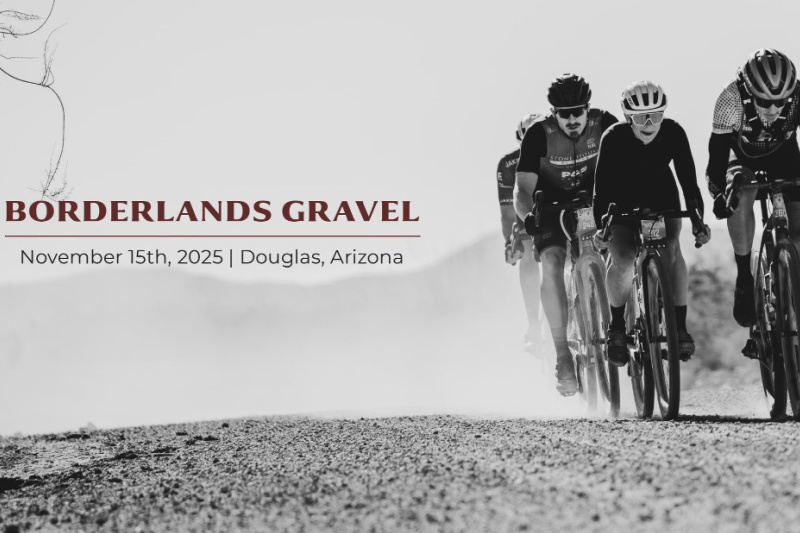

 time to top off your reserves. This is of particular importance if you anticipate high-intensity sprints, big hills, or if you are preparing for a race, Brown advises.
time to top off your reserves. This is of particular importance if you anticipate high-intensity sprints, big hills, or if you are preparing for a race, Brown advises. The easiest way to determine your hydration status is to monitor your urine; it should be pale yellow if you’re consuming enough water. Since hydration plays such a major role in performance, heart health, kidney health, and overall well-being, it can be helpful to pair that visual cue with some rough numbers, courtesy of Sass:
The easiest way to determine your hydration status is to monitor your urine; it should be pale yellow if you’re consuming enough water. Since hydration plays such a major role in performance, heart health, kidney health, and overall well-being, it can be helpful to pair that visual cue with some rough numbers, courtesy of Sass: 
